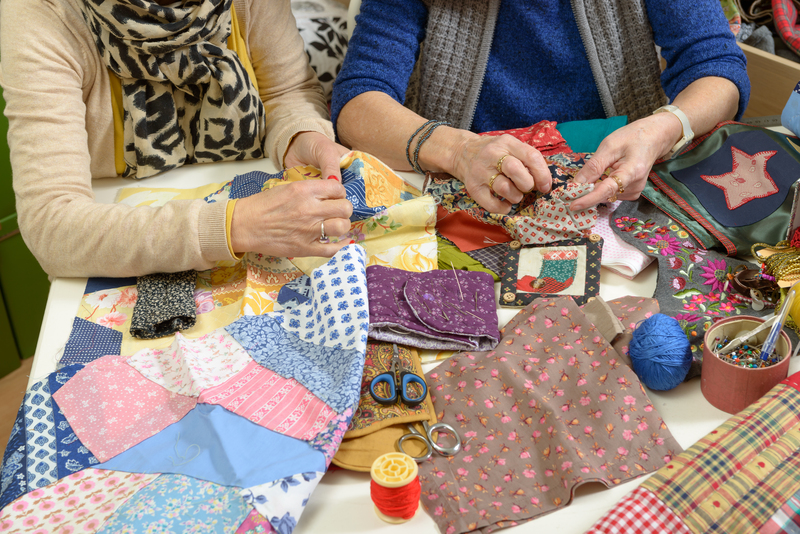Collaborative Efforts to Halt Microplastic Pollution
In recent years, the issue of microplastic pollution has gained significant attention from both the scientific community and the general public. These tiny particles of plastic, often less than 5 millimeters in size, have infiltrated every corner of our planet, posing serious environmental and health risks. Stopping microplastic pollution requires a collaboration of governments, industries, and individuals. This comprehensive article explores how these diverse groups can work together to combat this pressing issue.
Understanding Microplastic Pollution
Microplastics originate from a variety of sources, including the breakdown of larger plastic debris, microbeads in personal care products, and industrial processes. They persist in the environment, easily entering water systems and ultimately making their way into the food chain. Understanding the origin and impact of microplastic pollution is crucial for developing strategies to address it.
The Environmental Impact
Microplastics have a pervasive presence in marine environments. They are ingested by aquatic organisms, leading to physical and toxicological effects. This not only affects marine life health but also human health, as these organisms are part of the global food system.
Key Points:- Microplastics affect marine biodiversity.
- They cause physiological stress and toxicity in marine organisms.
- These pollutants contaminate water sources and soil, affecting agriculture and drinking water safety.
Human Health Concerns
While scientists are still researching the full impact of microplastics on human health, initial studies suggest potential for significant health risks. These include chemical leaching, as microplastics can absorb and carry toxic substances, and physical stress from ingestion.

Global Collaborative Efforts
Successfully tackling microplastic pollution demands collaboration at a global scale. This includes efforts from governments, corporate sectors, non-governmental organizations, and, importantly, individual actions.
Government Initiatives
National and international legislations are essential to regulating plastic production and waste management. Several countries have taken bold steps to reduce plastic pollution through legislation:
- Implementing bans on single-use plastics.
- Introducing taxes on plastic bags and bottles.
- Setting up stringent waste management systems.
Internationally, alliances such as the UN Environment Programme work towards creating a unified approach to combating microplastics.
Corporate Responsibility
The role of industries is pivotal. Companies are increasingly under scrutiny to adopt sustainable practices. Actions include:
Industry-Led Initiatives:- Investing in research to develop biodegradable plastics.
- Recycling programs and using recycled materials.
- Educating consumers about sustainable consumption.
Corporates must also engage in transparent practices and adhere to international standards for environmental protection.
Role of Non-Governmental Organizations (NGOs)
NGOs bridge the gap between policy, research, and public awareness. Organizations such as the Ocean Conservancy and the Plastic Pollution Coalition actively campaign against microplastic pollution by:
- Running awareness campaigns and educational programs.
- Engaging in beach clean-ups and data collection.
- Facilitating scientific studies on microplastic prevalence and impact.
Individual Actions
Individuals play a crucial role in the fight against microplastic pollution. Modifying daily habits can lead to significant collective impact:
Actions You Can Take:- Reduce single-use plastic consumption.
- Recycle responsibly and participate in community clean-up events.
- Educate others about the importance of reducing plastic waste.
- Encourage brands to adopt sustainable practices by choosing eco-friendly products.

Innovative Solutions and Research
Progress in science and technology offers innovative solutions to microplastic contamination. Researchers are developing new materials and methodologies to combat pollution.
Advancements in Materials
Biodegradable alternatives to conventional plastics are being researched and developed. Innovations in recyclable materials, such as bio-based polymers, promise to reduce the longevity of plastics in the environment.
Technological Contributions
Technologies such as microplastic filters in washing machines, water purifiers, and ocean cleanup devices are contributing to reducing microplastic levels in ecosystems.
Scientific Research
Ongoing research is crucial to fully understanding the impact of microplastics and developing effective solutions. Areas of focus include:
- The long-term environmental and health effects of microplastics.
- The development of methods to trace and clean microplastic particles from ecosystems.
- New approaches in polymer chemistry to create sustainable alternatives.
Conclusion
The battle against microplastic pollution is a multifaceted challenge that demands concerted efforts from every section of society. Governments, industries, NGOs, and individuals must collaborate to create effective strategies and raise awareness of the impact of microplastics. Through innovative research, policy-making, and personal responsibility, the goal of a healthier, plastic-free environment becomes achievable.
Join hands with your community and take action today to support the tremendous efforts to halt microplastic pollution. The health of our planet and future generations depend on our actions now.